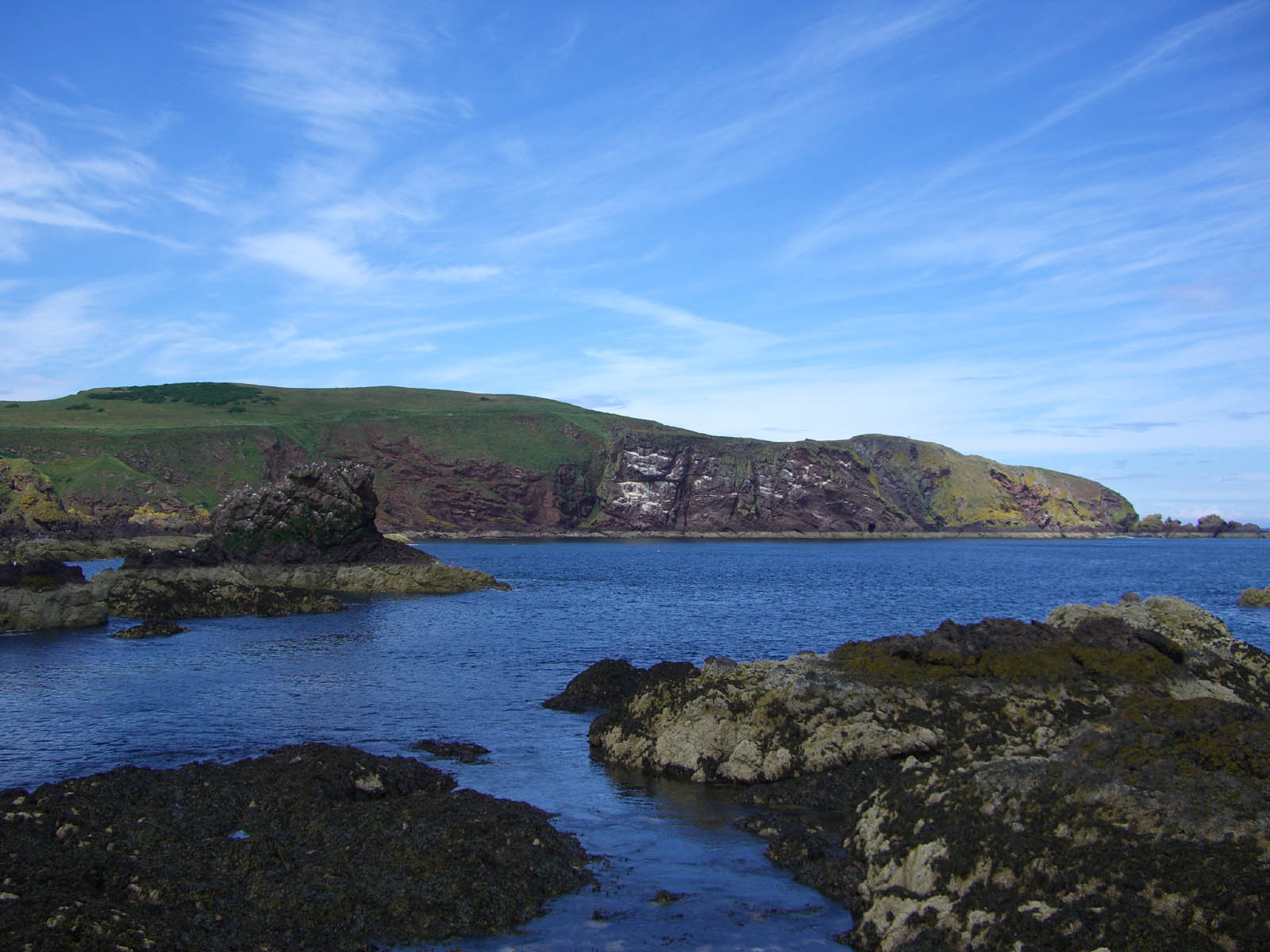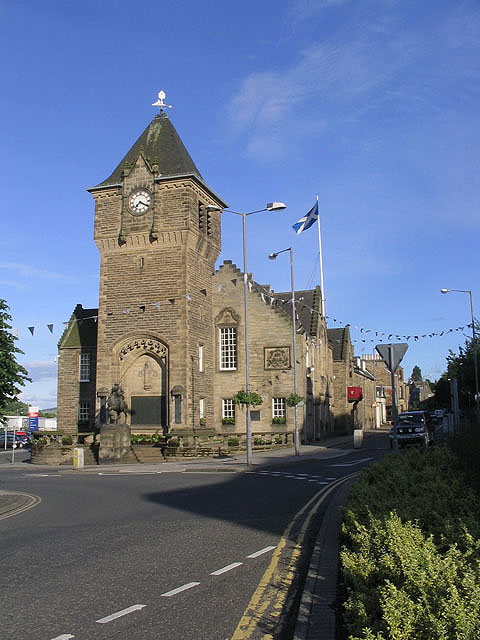|
Channelkirk
Channelkirk is a parish and community council area in the north-west corner of the historic county of Berwickshire in the Scottish Borders area of Scotland, forming the upper part of the ancient district of Lauderdale, while the parish of Lauder forms the lower part. The Community Council has the name Oxton and Channelkirk, Oxton being the main village of the parish. It was formerly in the Ettrick and Lauderdale district of Borders Region. A small strip of land along the northern boundary of the parish was added to Ettrick and Lauderdale district and thus also to the community council area, in the Brothershiels area, in 1988.Gazetteer of Scotland, 2nd edition, by W. Groome, publ. 1896. Article on ChannelkirkCommunity Council boundary map and description http://www.scotborders.gov.uk/directory_record/7732/oxton_and_channelkirk retrieved March 2016Ordnance Survey 1 inch to 1 mile, Title: Sheet 74 – Edinburgh Publ.1925 (shows Channelkirk boundaries)Report of Local government Boun ... [...More Info...] [...Related Items...] OR: [Wikipedia] [Google] [Baidu] |
Oxton, Scottish Borders
Oxton is a small rural village in the Scottish Borders area of Scotland, just off the A68. It is north of Lauder, and southeast of the centre of Edinburgh, yet in a quiet rural position. History The village of Oxton lies in the parish of Channelkirk. This name for the parish appears to have come into general use in the district around the beginning of the eighteenth century but its ancient name was Childer-kirk and later Gingle-kirk. A Roman camp, visible from the air, and recorded on Ordnance survey maps has been identified nearby and may have been connected with the progress of the army of Septimius Severus in AD 209–210. Saint Cuthbert, who became Bishop of Lindisfarne, was born in the vicinity in AD 635, and probably baptised his early converts at the nearby Holy Water Cleuch (spring). The village Oxton was called Ugston for several hundred years and appears under that name as late as the 1841 census. As with all Scottish parishes its inhabitants were ruled by a combi ... [...More Info...] [...Related Items...] OR: [Wikipedia] [Google] [Baidu] |
Berwickshire
Berwickshire ( gd, Siorrachd Bhearaig) is a historic county, registration county and lieutenancy area in south-eastern Scotland, on the English border. Berwickshire County Council existed from 1890 until 1975, when the area became part of the Borders region, with most of the historic county becoming part of the lower-tier Berwickshire district. Berwickshire district was abolished in 1996, when all the districts in the Borders region merged to become the Scottish Borders council area. The county takes its name from Berwick-upon-Tweed, its original county town, which was part of Scotland at the time of the county's formation in the twelfth century, but became part of England in 1482 after several centuries of swapping back and forth between the two kingdoms. After the loss of Berwick, Duns and Greenlaw both served as county town at different periods. The low-lying part of Berwickshire between the Tweed and the Lammermuirs is known as "the Merse", from an old Scots w ... [...More Info...] [...Related Items...] OR: [Wikipedia] [Google] [Baidu] |
Henry I St Clair Of Herdmanston
Henry St Clair, Lord Herdmanston and Carfrae, was a Scottish noble of the 12th century. Henry received a charter for the lands of Herdmanston, East Lothian from Richard de Morville, Constable of Scotland whom he was Vicecomes to. This was received in 1162 for military service and according to Roland Saint-Clair writing in the late 19th century, very few of the great Scottish families possessed a granted ancestral estate at such an early period. However, Herdmanston was not a large estate and must have been exposed to more powerful noble neighbors. Henry de St Clair appears as a witness in the Acts of the Scottish Parliament in 1180. From close association with the de Morville's it could be concluded that Henry de St Clair was from the same family as Hugh de St Clair who was ex-communicate with Hugh de Balliol and Hugh de Morville after they had opposed the tyranny of Thomas Becket the Archbishop of Canterbury. He is known to have been acting as the Sheriff of Lauderdale ... [...More Info...] [...Related Items...] OR: [Wikipedia] [Google] [Baidu] |
Dryburgh Abbey
Dryburgh Abbey, near Dryburgh on the banks of the River Tweed in the Scottish Borders, was nominally founded on 10 November (Martinmas) 1150 in an agreement between Hugh de Morville, Constable of Scotland, and the Premonstratensian canons regular from Alnwick Abbey in Northumberland. The arrival of the canons along with their first abbot, Roger, took place on 13 December 1152. It was burned by English troops in 1322, after which it was restored only to be again burned by Richard II in 1385, but it flourished in the fifteenth century. It was finally destroyed in 1544, briefly to survive until the Scottish Reformation, when it was given to the Earl of Mar by James VI of Scotland. It is now a designated scheduled monument and the surrounding landscape is included in the Inventory of Gardens and Designed Landscapes in Scotland. David Steuart Erskine, 11th Earl of Buchan Earl of Buchan bought the land in 1786. Sir Walter Scott and Douglas Haig are buried in its grounds. Their res ... [...More Info...] [...Related Items...] OR: [Wikipedia] [Google] [Baidu] |
Ettrick And Lauderdale
Ettrick and Lauderdale (''Eadaraig agus Srath Labhdair'' in Scottish Gaelic) was one of four local government districts in the Borders region of Scotland from 1975 to 1996. History The district was created on 16 May 1975 under the Local Government (Scotland) Act 1973, which established a two-tier structure of local government across Scotland comprising upper-tier regions and lower-tier districts. Ettrick and Lauderdale was one of four districts created within the Borders region. The district covered the whole of the historic county of Selkirkshire and parts of the neighbouring counties of Berwickshire, Midlothian, and Roxburghshire. The new district covered all of six former districts and parts of another three districts, which were all abolished at the same time: ''From Selkirkshire:'' *Galashiels Burgh * Selkirk Royal Burgh *North District *South District ''From Berwickshire:'' * Lauder Royal Burgh *West District (part, being the parishes of Channelkirk, Lauder ( landward), ... [...More Info...] [...Related Items...] OR: [Wikipedia] [Google] [Baidu] |
Fala, Midlothian
Fala is a hamlet in the south-eastern corner of Midlothian, Scotland, and about 15 miles from Edinburgh. Location The parish of the same name is about five miles long from east to west, and one mile broad from north to south, and contains about . It is bounded by the following parishes: Humbie to the east, Soutra (to which it is now conjoined) on the south, Heriot & Stow on the west, and on the north by the detached parts of Borthwick, Cranstoun, and Crichton. Fala Hall Burn rises in the moor to the south of Fala Flow and forms the boundary between Fala and Soutra parishes. The streams eventually run into the Cakemuir Burn above Costerton. Due to its location, the village, and more so Fala Dam due to its topography, can often get cut off from the outside world during heavy snowfalls, with residents known to be snowed in for several days. The hamlet has buildings from the 18th and 19th centuries. Highways In 1834 a road (today the A68), with a still extant Toll House at Fala, ... [...More Info...] [...Related Items...] OR: [Wikipedia] [Google] [Baidu] |
Scottish Borders
The Scottish Borders ( sco, the Mairches, 'the Marches'; gd, Crìochan na h-Alba) is one of 32 council areas of Scotland. It borders the City of Edinburgh, Dumfries and Galloway, East Lothian, Midlothian, South Lanarkshire, West Lothian and, to the south-west, south and east, the English counties of Cumbria and Northumberland. The administrative centre of the area is Newtown St Boswells. The term Scottish Borders, or normally just "the Borders", is also used to designate the areas of southern Scotland and northern England that bound the Anglo-Scottish border. Geography The Scottish Borders are in the eastern part of the Southern Uplands. The region is hilly and largely rural, with the River Tweed flowing west to east through it. The highest hill in the region is Broad Law in the Manor Hills. In the east of the region, the area that borders the River Tweed is flat and is known as 'The Merse'. The Tweed and its tributaries drain the entire region with the rive ... [...More Info...] [...Related Items...] OR: [Wikipedia] [Google] [Baidu] |
East Lothian
East Lothian (; sco, East Lowden; gd, Lodainn an Ear) is one of the 32 council areas of Scotland, as well as a historic county, registration county and lieutenancy area. The county was called Haddingtonshire until 1921. In 1975, the historic county was incorporated for local government purposes into Lothian Region as East Lothian District, with some slight alterations of its boundaries. The Local Government etc. (Scotland) Act 1994 later created East Lothian as one of 32 modern council areas. East Lothian lies south of the Firth of Forth in the eastern central Lowlands of Scotland. It borders Edinburgh to the west, Midlothian to the south-west and the Scottish Borders to the south. Its administrative centre and former county town is Haddington while the largest town is Musselburgh. Haddingtonshire has ancient origins and is named in a charter of 1139 as ''Hadintunschira'' and in another of 1141 as ''Hadintunshire''. Three of the county's towns were designated as ... [...More Info...] [...Related Items...] OR: [Wikipedia] [Google] [Baidu] |
Local Government (Scotland) Act 1894
The Local Government (Scotland) Act 1894 (57 & 58 Vict. c. 58) was an Act of the Parliament of the United Kingdom. It created a Local Government Board for Scotland, and replaced existing parochial boards with parish councils. Part I of the act created the 'Local Government Board for Scotland'. The board had similar powers to those already established in England, Wales and Ireland. These included the making of orders effecting boundary changes for local authorities and for allowing them to carry out such functions as water and gas supply, tramways and other ancillary activities. The president of the board was the Secretary for Scotland. Part II established a parish council in every parish, while part III of the Act transferred the powers of the abolished parochial boards to the new parish councils. Finally, part IV gave new powers to landward parishes ("landward" referring to areas outside a burgh A burgh is an autonomous municipal corporation in Scotland and Northe ... [...More Info...] [...Related Items...] OR: [Wikipedia] [Google] [Baidu] |
Richard De Morville
Richard de Morville (died 1189), Lord of Cunninghame succeeded his father Hugh de Morville (died 1162) as Constable of Scotland and in his Scottish estates and English lands at Bozeat in Northamptonshire, and Rutland, as well as a number of feus of the Honour of Huntingdon. Around 1180 Richard de Morville, with the consent of his son William, granted liberty to the monks of Melrose to plough and sow the lands of Blainslie and the plain beyond the grove over to the Leader Water. This grant was confirmed by William de Morville, presumably his son. Based on the writings of cartographer Timothy Pont (who viewed the cartulary of Kilwinning Abbey), it was Richard de Morville who founded the Tironensian abbey of Kilwinning, Cunningham. Pont cites a date of 1191, but Richard de Morville was dead by then. Other sources claim dates of 1157, but this is likely confusion with his father's founding of Dryburgh Abbey. It has been suggested by historian Ian B. Cowan that the dates cited ar ... [...More Info...] [...Related Items...] OR: [Wikipedia] [Google] [Baidu] |





